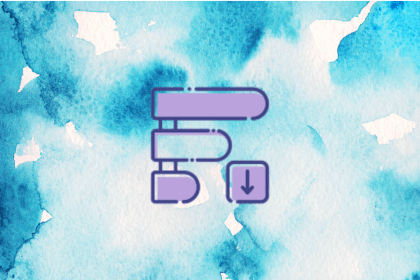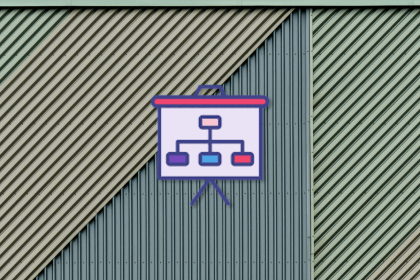
A fractional product manager (FPM) is a part-time, contract-based product manager who works with organizations on a flexible basis.

A Pareto chart combines a bar chart with a line chart to visually represent the Pareto Principle (80/20 rule).

Combat marketing myopia by observing market trends and by allocating sufficient resources to research, development, and marketing.

The idea behind an augmented product is that it doesn’t replace the actual standard product, but rather increases the value for the customer.

Effective rapport fosters trust, facilitates communication, and creates a foundation for successful collaboration and conflict resolution.

The problem space is a concept or a term that focuses on identifying and understanding the problems and needs of a customer.

The term whiteboarding usually refers to the use of a large whiteboard for collaborative work like designing, planning, and ideating.

Anchoring bias refers to the human tendency to rely too heavily on the first piece of information offered when making a decision.

The waterfall methodology is a sequential project approach where each phase of a project must be completed before moving to the next.

A software bill of materials is a structured, hierarchical list of components, libraries, and dependencies used in a software system.

Product testing is the systematic process of evaluating and assessing a product’s quality, performance, safety, and compliance.

Conjoint analysis is a statistical method often used to conduct market research and evaluate how customers value different product attributes.